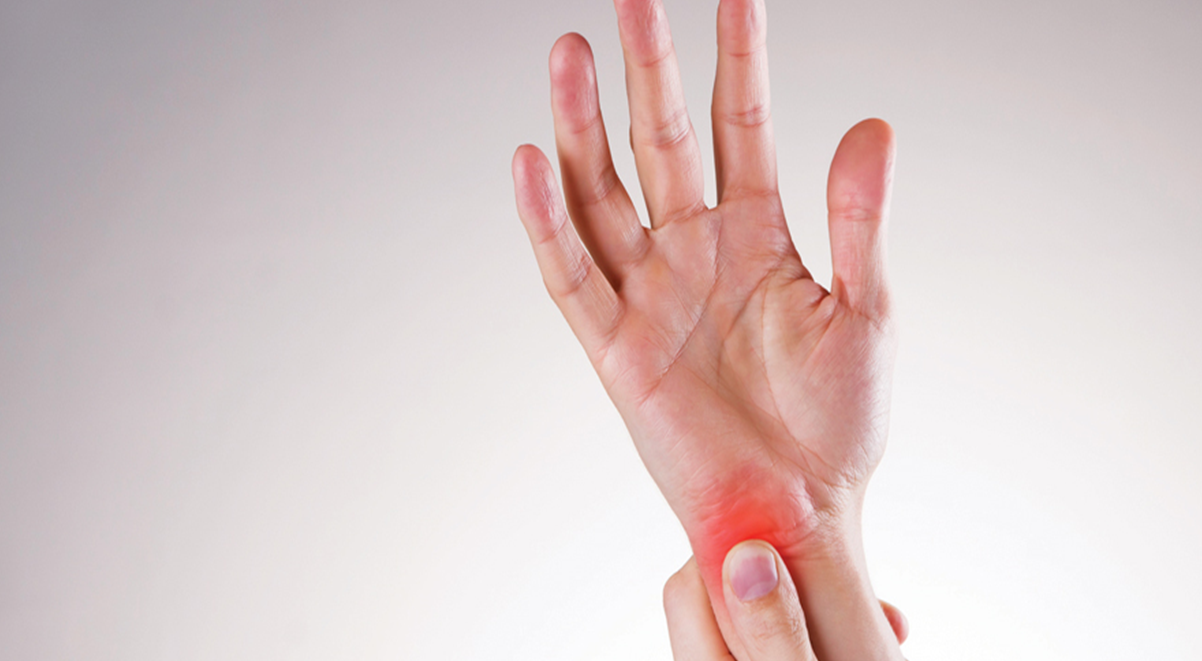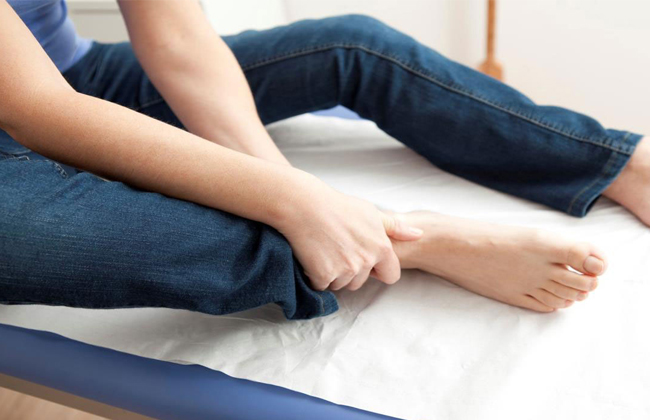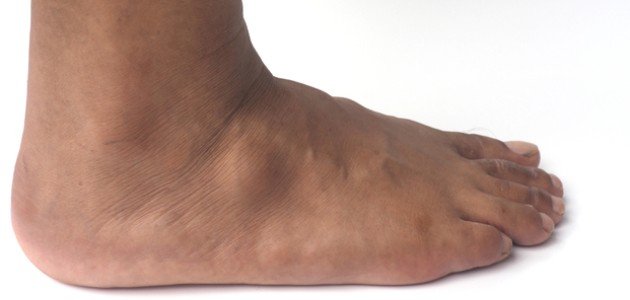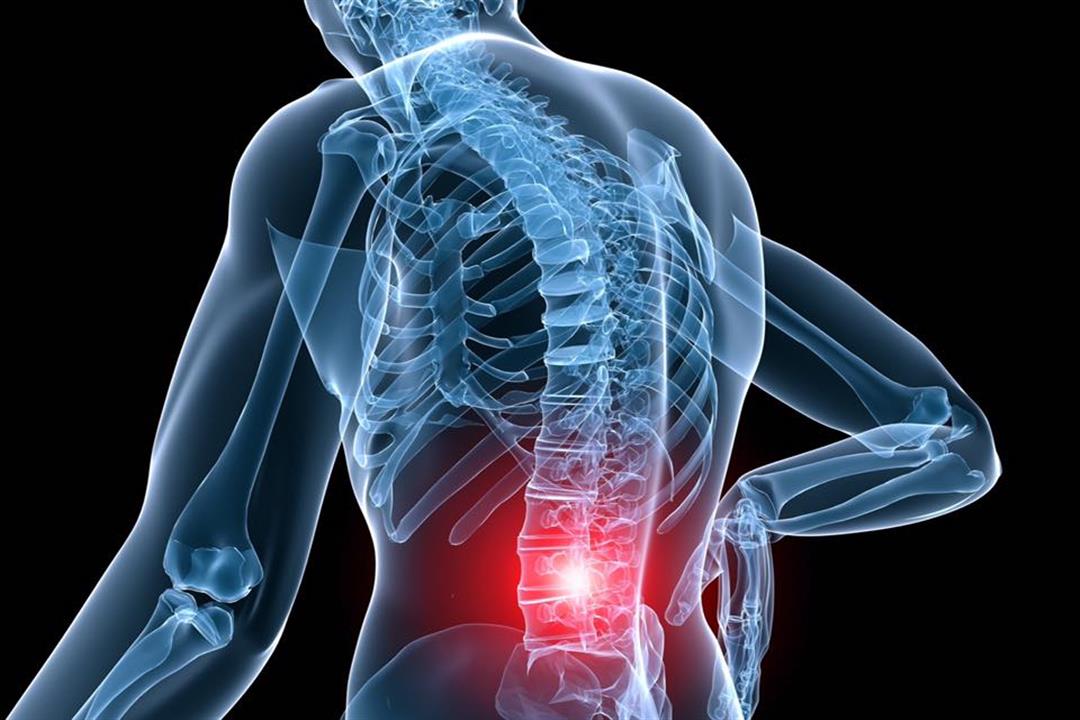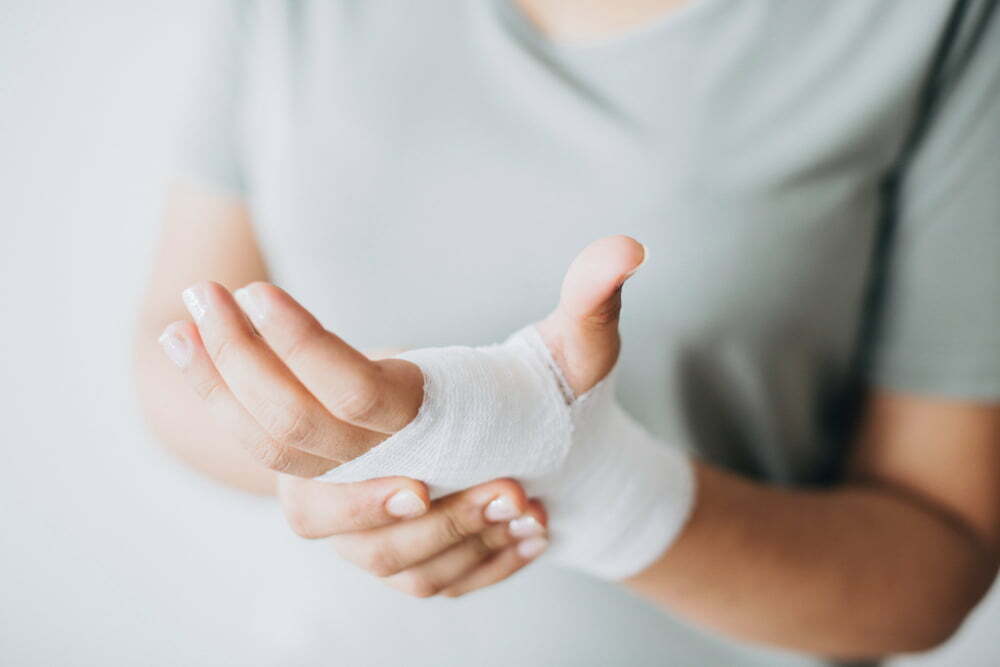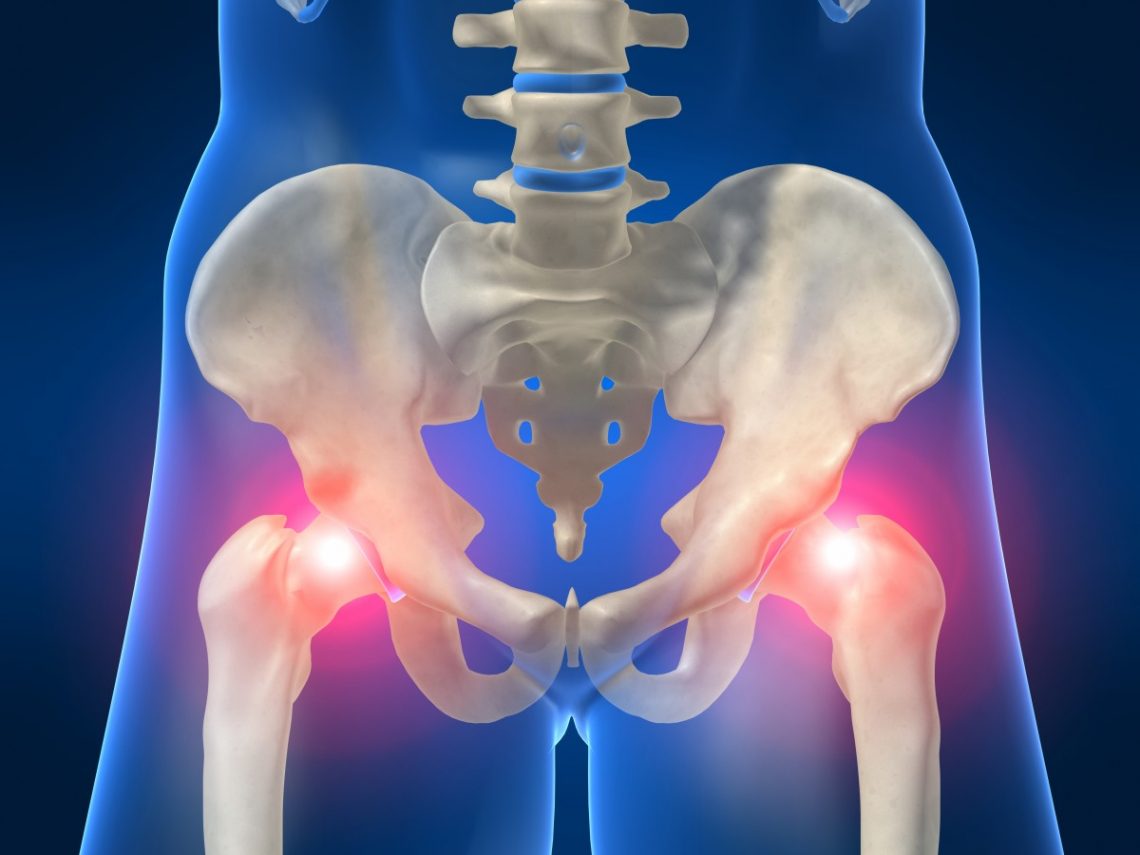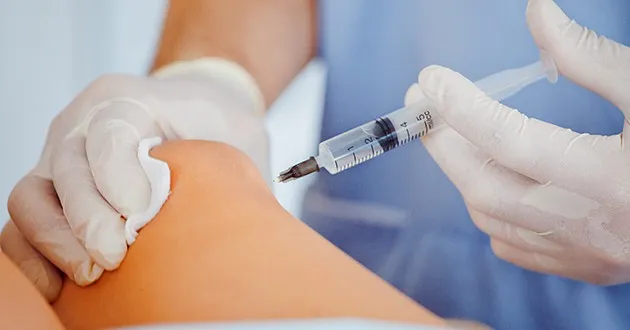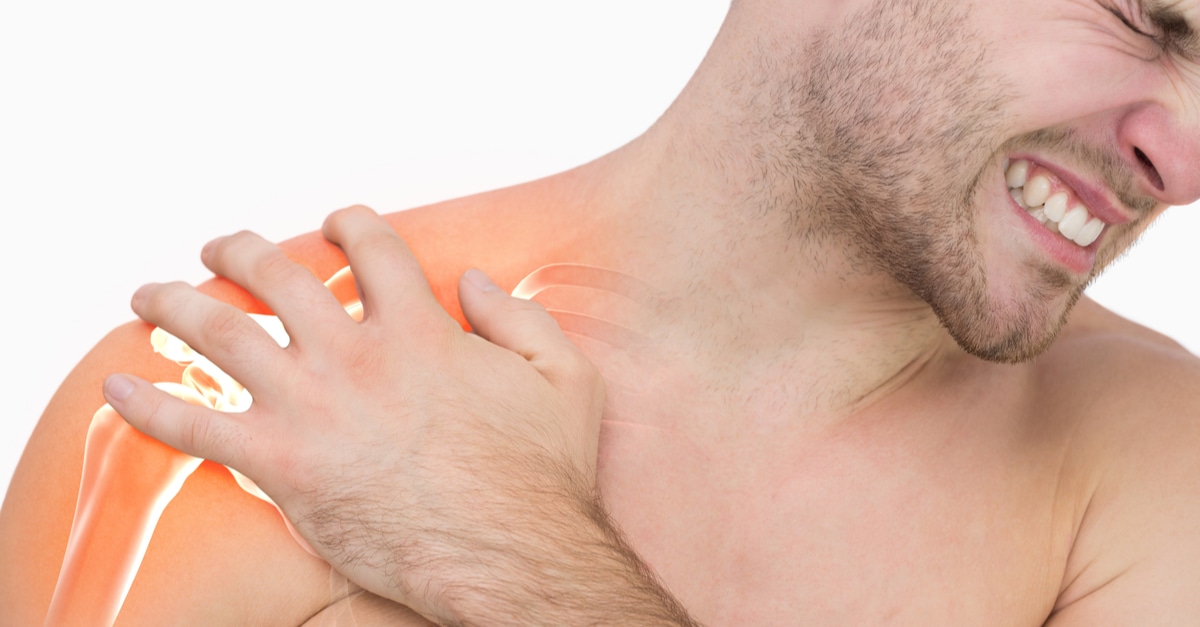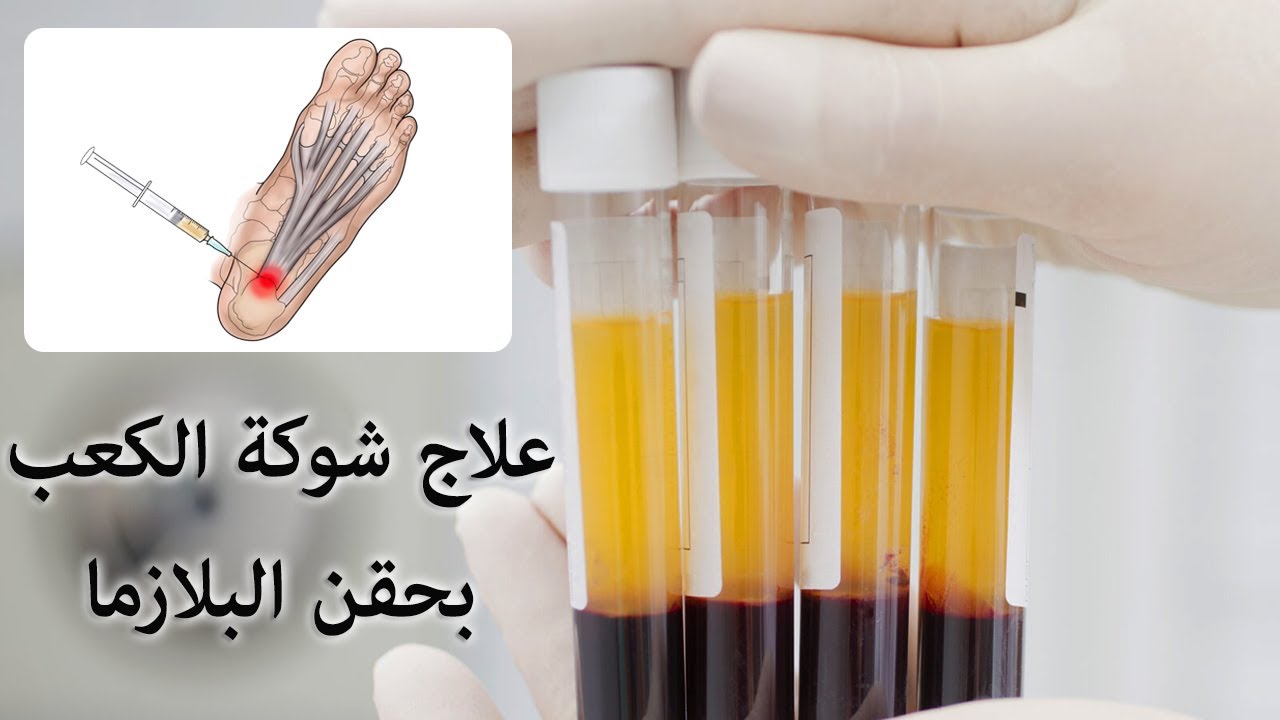What are the types of back pain?
Back pain is complained of by many individuals, and each of them is evaluated according to the severity of the symptoms that the patient suffers from. In the following article, we will learn about the most important information regarding this topic, so let us read the following.
What are the types of back pain?
Many types of back pain afflict individuals, and each of them has a unique method of treatment according to exposure to the symptoms that the individual suffers from and how the doctor diagnoses the condition. Examples of causes that lead to back pain are:
- Muscle tear
- Slipped disc.
- Spinal canal stenosis.
- Spondylolisthesis.
- Ankylosing spondylitis.
- Osteoporosis.
Lower back pain treatment
Treatment methods for back pain that afflicts an individual from below differ according to the main reason behind this occurrence, and here is how to deal with this matter:
- Sciatica treatment: If this pain is caused by sciatica, it disappears within a few weeks. Surgical intervention may be required.
- Treatment of bruises: Bruises disappear on their own over time, but if they accompany the feeling of pain, the individual can take some painkillers that reduce the severity of the pain he feels.
- Treatment of disc herniation between the vertebrae: In this case, physical therapy and cortisone injections are used, and surgical treatment may also be required in many cases.
- Treatment of piriformis syndrome: In order to combat this syndrome, pain relievers are used, stretching exercises are performed, and cold and warm compresses are applied alternately between each.
- Treatment of bursitis: The treatment, in this case, is by taking plenty of rest, applying some cold compresses to the infection area, and using anti-inflammatory medications, and surgical intervention may be required.
Treating severe back pain
Many people ask questions about how do to get rid of back pain? The answer may lie in following the physiotherapy method that the doctor determines according to the patient’s condition and how to diagnose it well, in addition to doing a set of exercises that maintain muscle flexibility, and some anti-inflammatory drugs that the doctor prescribes to the patient can also be used.
What is the cause of sudden back pain?
There are many causes of sudden back pain, such as:
- Overloading on the lower back and knees during some activities.
- Sitting for long periods of the day makes the muscles of the back and buttocks tense and does not provide support for the spinal cord.
- Bad posture puts a lot of pressure on the lumbar spine.
- Spinal stenosis.
- Sciatica is one of the most common causes of back and knee problems.
- The presence of chronic pain as a result of some diseases such as osteoporosis and rheumatoid arthritis.
- Back or spinal cord injuries.
Mid back pain
Pain in the middle of the back is associated with many symptoms, such as:
- Feeling muscle pain.
- The feeling of something like stabbing or burning.
- Muscle stiffness and tightness.
- Numbness or tingling in the legs, arms, and chest.
- Feeling a sharp pain in the chest.
- Weakness in the extremities.
- Loss of bladder control.
Lower back pain when sitting and bending
Lower back pain that occurs when an individual sits or bends has many causes, such as:
- Stress and sprain: Exposure to any of the strains and sprains causes the individual to feel pain in the lower back area, and this pain may reach both the buttocks and the leg and makes the individual unable to move well, and this happens as a result of exposure to an injury during exercise and pressure on the lower back area greatly while lifting heavy weights.
- Lifestyle: Standing or sitting incorrectly causes pain in the lower back, and the pain may intensify in many cases until it reaches the leg.
- Fibromyalgia: This causes chronic pain that the individual suffers from in the lower back area, and the pain intensifies from one person to another and may be continuous or appear at intermittent periods.
- Arthritis: Suffering from arthritis accompanies many symptoms, such as feeling pain in the lower back and hips that may spread to the hips, and many diseases cause arthritis such as osteoporosis and rheumatoid arthritis.
- Spinal infection: Inflammation of the spine or surrounding tissues leads to back pain, especially if the infection is caused by damage to the spinal nerves, and this causes pain and tingling.
- Ankylosing spondylitis: Ankylosing spondylitis is a chronic condition in which inflammation occurs in the joints and vertebrae that reside in the spine, and this causes pain and stiffness in the back up to the foot.
- Lumbar herniated disc: This is a ruptured disc in the lower back, and this disc presses on the spinal nerve, which leads to severe pain in the lower back.
- Sciatica: It is nerve pain as a result of an injury to the spinal nerve, and this pain is in the lower back and spreads to the leg, and causes a feeling of weakness and tingling in the muscles in the leg.
Pain in the left side of the back
When you suffer from pain in the left side of the back, many reasons may lead to this happening, and for example:
- Soft Tissue Damage: Damage to the soft tissues of the muscles and ligaments that provide support for the spine.
- Spinal damage: Individuals suffer from this as a result of exposure to an injury or exposure to serious traffic accidents and neglecting to receive appropriate treatment, such as herniated lumbar discs, osteoarthritis in the facet joints, and dysfunction of the sacroiliac joints.
- Problems in the internal organs: An individual may suffer from pain in the left side of the back as a result of many problems, such as kidney infection, kidney stones, pancreatitis, and ulcerative colitis, and some women are exposed to many problems such as endometriosis and fibroids.
- Arthritis: Suffering from arthritis causes lower back pain, especially on one side of the body, as a result of inflammation or cartilage inflammation.
Causes of back pain
There are many causes of back pain, for example:
- Muscle rupture: This is one of the most common causes of back pain among individuals, and despite the strength and size of the back muscles, rupture may occur in some muscle fibers as a result of improperly carrying heavy weights.
- Sprain: This occurs as a result of excessive stretching of one or more ligaments, and this stretching may be so strong that it may cause the tendon to break. This may happen as a result of car accidents or improper exercise.
- Herniated disc: A condition that afflicts the individual and causes a lot of pain, because the cartilage works to absorb shocks between the vertebrae and the occurrence of erosion in it causes friction that causes very severe pain.
- Stenosis of the vertebral canal: the occurrence of stenosis in the vertebral canal as a result of degenerative changes in the joints of the spine, especially when it results in the formation of bony appendages called bony beaks.
- Spondylolisthesis: This occurs as a result of inflammation in the joints or trauma to the spine, and many people may already be born with this condition.
Treatment of inflammation of the vertebrae in the lower back
There are many treatment methods for inflammation of the vertebrae in the lower back, such as:
- Paracetamol: It is considered a drug that carries pain-relieving properties and is safe for the health of the individual. However, care must be taken to adhere to the dose that the specialist doctor determines for the patient, as it works to stabilize the transmission of pain signals from the site of inflammation toward the brain.
- Non-steroidal anti-inflammatory drugs: They have a major role in inhibiting the inflammation inside the body and thus relieving the pain felt by the individual, such as aspirin, ibuprofen, and naproxen, but you should be careful not to take these drugs if you suffer from high blood pressure, stomach problems, and heart and kidney disease.
- Corticosteroid injection: These injections are used in the absence of any good results from other treatment options, and they are injected directly into the vertebra that has been injured, and this reduces pain for several months, but care must be taken not to overuse them.
- Ointments: It is possible to use creams that numb and soothe the area of pain significantly, and their results are effective in advanced cases of lumbar spondylitis.


